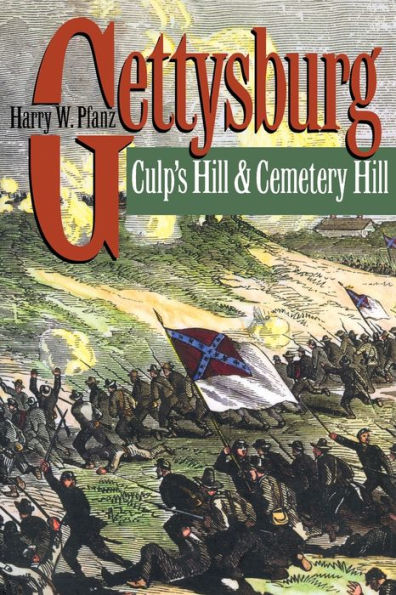5
1

Gettysburg--Culp's Hill and Cemetery Hill
528
Gettysburg--Culp's Hill and Cemetery Hill
528
32.95
In Stock

Product Details
| ISBN-13: | 9780807849965 |
|---|---|
| Publisher: | The University of North Carolina Press |
| Publication date: | 07/02/2001 |
| Series: | Civil War America |
| Edition description: | 1 |
| Pages: | 528 |
| Sales rank: | 496,413 |
| Product dimensions: | 6.12(w) x 9.25(h) x 1.18(d) |
| Lexile: | 1340L (what's this?) |
About the Author
What People are Saying About This
From the B&N Reads Blog
